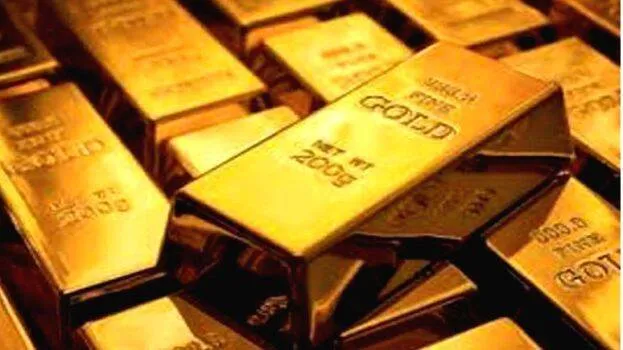

As the post-war financial order unravels, gold has returned to the centre of global power. India, with both abundance and obsession, stands at a decisive crossroads.
When the Bretton Woods Treaty was signed in 1944, it bound the global economy to a single anchor - the U.S. dollar, convertible to gold at USD 35 an ounce. For a generation, gold was money, and America’s vaults at Fort Knox defined financial faith. That faith ended abruptly in August 1971, when President Richard Nixon unilaterally suspended dollar convertibility - the so-called Nixon Shock.
The world was suddenly unmoored from gold. What followed was a masterstroke of geopolitics: Henry Kissinger’s plan to back the dollar not with gold, but with oil. Through deals with Saudi Arabia and OPEC, the Petrodollar system was born - every barrel of oil traded in dollars, ensuring perpetual global demand for U.S. currency. The result was a dollar empire without gold, sustained by energy and military dominance.
Half a century later, that order is fracturing.
The Return of Gold
In the wake of sanctions, wars, and rising debt, nations are rediscovering the safety of gold. Central banks have become the largest buyers of the metal since the 1960s. The Reserve Bank of India, alongside China, Russia, and Turkey, has been steadily increasing its holdings - adding over 72 tonnes in 2024 alone. The reason is simple: trust in paper has waned; power now seeks metal again.
The U.S. dollar’s share in global reserves has fallen from 71% in 1999 to below 59% today, as countries diversify away from dollar assets. The BRICS+ nations - now encompassing much of the Global South - are experimenting with settlement mechanisms linked to gold and commodities. In effect, the world is inching towards a post-Petrodollar reality, one where trust is reweighted in tangible value.
India’s Paradox
In this historic shift, India should be the natural leader. It has credibility, demographic strength, and a deep civilisational relationship with gold. Yet it also bears the contradiction of private excess. Indian households hold an estimated 25,000 tonnes of gold, worth nearly USD 1.5 trillion - the world’s largest private stockpile.
This might sound like strength, but economically it is a liquid illusion. India imports over 800 tonnes of gold each year, spending around USD 52 billion, second only to oil. That is wealth converted into metal, but not into motion - a self-imposed current account deficit disguised as cultural pride.
Kerala epitomises this paradox. With barely 3% of India’s population, it consumes nearly a quarter of the nation’s gold. The state that pioneered social development now anchors a gold economy - glittering, but non-productive.
The Modi Government’s Missed Opportunity
To its credit, the Modi government recognised this early. The Sovereign Gold Bond (SGB) and Gold Monetisation Scheme (GMS) were farsighted policies to convert idle gold into financial assets. They offered returns, security, and national value creation - yet they failed to break through the emotional barrier. For most Indians, gold remains not an investment but an inheritance, immune to rational economics.
This behavioural inertia has a cost. Every gram imported weakens the rupee, inflates deficits, and crowds out productive capital.
The Strategic Imperative
India now stands at a rare confluence of history. As the dollar-based order trembles under debt, and as global trade reconfigures into regional blocs, the new reserve asset will not be faith, but form - tangible, finite, and non-digital. Gold fits that role.
But to wield it strategically, India must move gold from the private to the public balance sheet. Encouraging citizens to monetise their holdings, investing the proceeds into renewable energy, infrastructure, and technology, would simultaneously reduce import dependence and strengthen forex reserves. Even if 25% of household gold were financialised, India could finance its energy transition domestically - without relying on foreign debt or volatile capital flows.
Kerala’s Responsibility
Kerala, the jewellery capital of India, has a unique opportunity to lead this transformation. Reducing its gold demand by even a quarter could lower India’s import bill by billions. By channelling savings into productive sectors - ports, tourism, renewables - Kerala could move from ornamental wealth to strategic wealth creation.
The Next Gold Standard
The world that Nixon and Kissinger built is fading. The Bretton Woods dollar was backed by gold; the Petrodollar was backed by oil; the coming order may be backed by both - gold and trust. India has both, but it must align them.
Our ancestors once donated their gold to finance freedom. Today, the call is subtler but no less patriotic: to redirect our collective wealth toward national strength. The new global currency wars will not be fought in paper or pixels, but in metal, memory, and discipline - and in that battle, Bharat can lead the world’s return to balance.